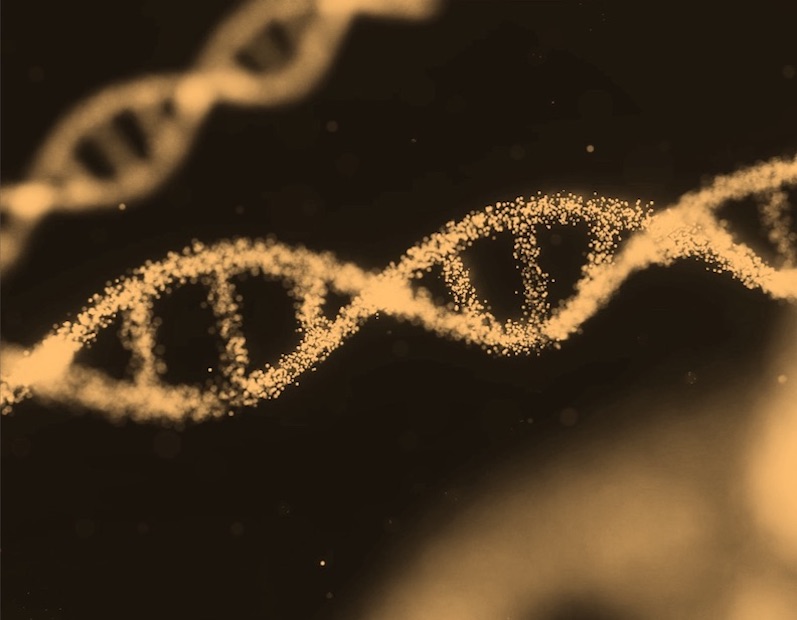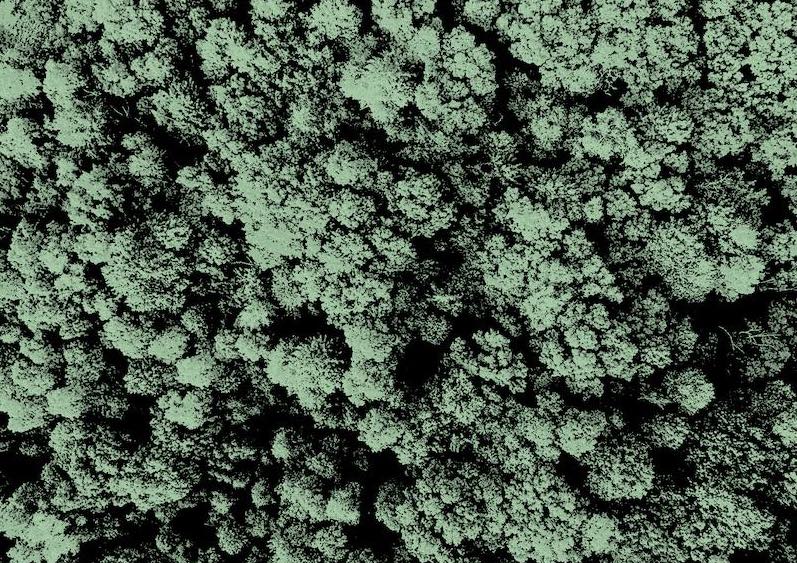What is it about?
This study looked at using an optical method (fluorescence) to rapidly detect some key pollutants in surface waters. Hydrocarbons that would be present in urban run-off or petrochemical spills are included as well as some common pesticides. The idea is that with this method, a laboratory-based analysis would not be needed to identify surface water contamination providing much more timely response. The fluorescence method also could be used in real-time and therefore there is an opportunity to monitor a surface water for contamination continuously. The major challenge with the proposed method, that is addressed in this study, is the interference of background signals on those from the contaminants. The data analysis approach used is shown as a potential way to separate the signals of interest (contaminants) from the natural background ones. Overall accuracy and confidence in the results can then be increased.
Featured Image

Photo by Johnny Brown on Unsplash
Why is it important?
Surface waters can experience short-term or transient contamination from events such as spills or run-off. This presents some risk to water treatment operations, the environment, and potentially public health. Currently, there are no tools available to detect some of these contamination events in a time frame that would allow for an appropriate response. This work looks at improving optical detection methods to detect some common contaminants in a near instant manner.
Perspectives
From my perspective, drinking water sources are monitored with too low a frequency to capture the true potential public risk. While spills and other contamination events happen in short time frames, there are few tools that can be used to identify these impacts in an appropriate time frame. I believe this type of work that looks at improving rapid detection tools is necessary for improved source water monitoring and therefore more informed water treatment operations.
Nicolas Peleato
University of British Columbia
Read the Original
This page is a summary of: Fluorescence excitation emission matrices for rapid detection of polycyclic aromatic hydrocarbons and pesticides in surface waters, Environmental Science Water Research & Technology, January 2019, Royal Society of Chemistry,
DOI: 10.1039/c8ew00821c.
You can read the full text:
Contributors
The following have contributed to this page







